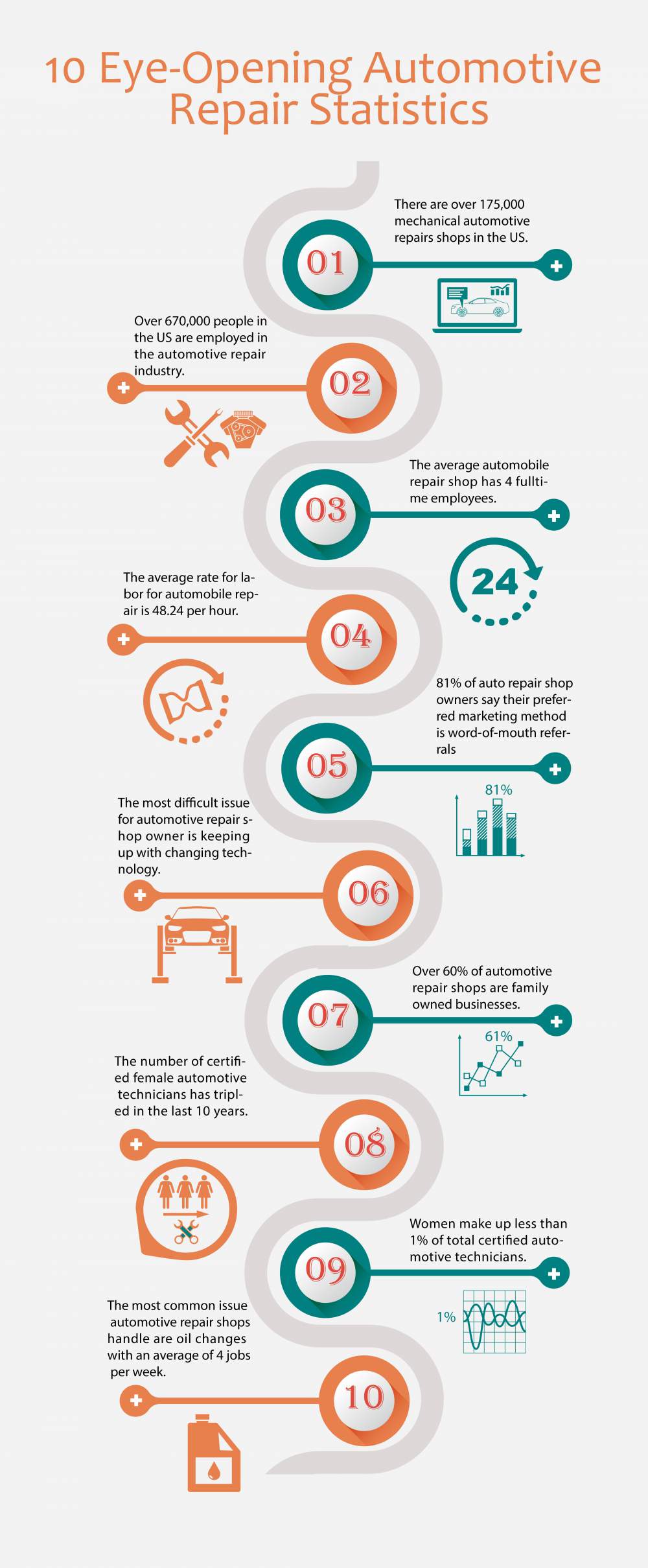Pop The Hood To Examine Regular Brake System Problems And Their Fixes
Pop The Hood To Examine Regular Brake System Problems And Their Fixes
Blog Article
Material Writer-Spence Damborg
When it concerns your automobile's brake system, comprehending common issues can save you from prospective safety and security risks. From recognizing brake pad wear to resolving brake liquid leaks, understanding how to deal with these issues is necessary. However what about those mushy brake pedals? There's a solution for that as well. Keep tuned to read more about these concerns and the useful solutions that can keep you safely when driving.
Brake Pad Put On and Substitute
When it comes to preserving your car's brake system, one crucial facet to keep an eye on is the wear and replacement of brake pads. Brake pads are crucial components that press versus the brake blades to decrease or stop your automobile. Gradually, these pads wear down due to friction, calling for normal inspection and replacement to guarantee your brakes work successfully.
To identify if your brake pads require replacement, pay attention for shrilling or grinding noises when you use the brakes. Furthermore, if your vehicle takes longer to quit or you discover resonances or pulsations when braking, it may be time to change the brake pads.
Overlooking used brake pads can result in decreased stopping performance, damages to various other brake parts, and even brake failing.
Replacing brake pads is a relatively simple process for several automobiles. Nonetheless, if you're unclear or awkward performing this task, it's best to seek advice from an expert auto mechanic to ensure correct installation and optimal brake efficiency.
relevant webpage inspecting and changing brake pads is important for your security and the durability of your vehicle's braking system.
Brake Fluid Leaks and Maintenance
To guarantee your lorry's brake system works efficiently, it is essential to likewise pay attention to brake liquid leaks and maintenance. Brake liquid is essential for sending the force from your foot on the brake pedal to the actual stopping mechanism. https://reidmicys.theideasblog.com/31640949/an-important-handbook-detailing-the-essential-tools-called-for-in-each-vehicle-repair-service-center-revealing-the-strategies-for-effective-vehicle-treatment with brake fluid is leaks, which can occur due to tatty brake lines, seals, or links. If you see a puddle or trickles under your vehicle, it's essential to attend to the leakage without delay to avoid a prospective brake failure.
Regularly examining https://www.cnn.com/travel/article/road-trip-gas-prices-spring-summer-2022/index.html is vital to keeping your brake system. Reduced brake liquid can lead to air entering the brake lines, which jeopardizes stopping efficiency.
Additionally, old or polluted brake liquid can influence the total performance of your brakes. It's suggested to adhere to the producer's standards on when to transform the brake liquid, commonly every 2 years.
Spongy Brake Pedal: Blood Loss Brakes
If you have actually ever before experienced a squishy brake pedal while driving, you understand the importance of preserving a firm and responsive stopping system. One common source of a mushy brake pedal is air caught in the brake lines. When air goes into the brake system, it can bring about a loss of hydraulic pressure, leading to that distressing squishy feeling when you press the brake pedal.
To solve this concern, bleeding the brakes is essential. Hemorrhaging the brakes includes getting rid of the air from the brake lines to bring back correct hydraulic stress.
To hemorrhage the brakes, you'll need a helper to assist you. Start by situating the brake bleeder valve on each wheel, commonly found near the brake caliper. With a wrench, loosen the shutoff and have your assistant press the brake pedal while you observe any type of air bubbles coming out. Repeat this procedure for each and every wheel, starting from the wheel farthest from the master cyndrical tube and relocating more detailed.
When you no more see air bubbles and only clear liquid arises, tighten up the valve and top up the brake fluid storage tank as needed. Bleeding the brakes helps make sure a firm brake pedal and improves total braking performance.
Final thought
Now that you comprehend common brake issues and just how to repair them, you can ensure your car's safety and security and performance. Keep in mind to listen for warning signs like shrilling sounds or spongy brake pedals, and address them immediately. Normal maintenance and timely replacements are key to keeping your brakes in leading condition. Remain positive and conscientious to your brake system to take pleasure in risk-free and dependable driving experiences.
